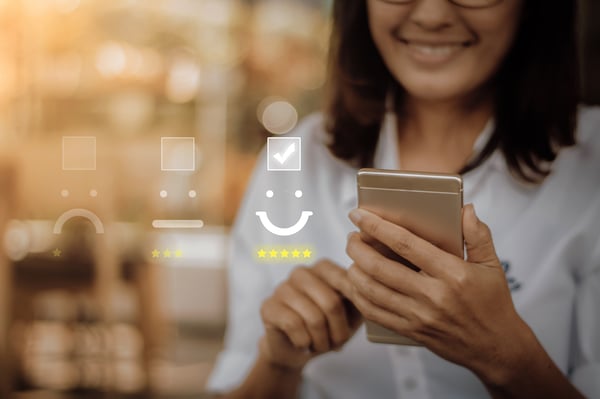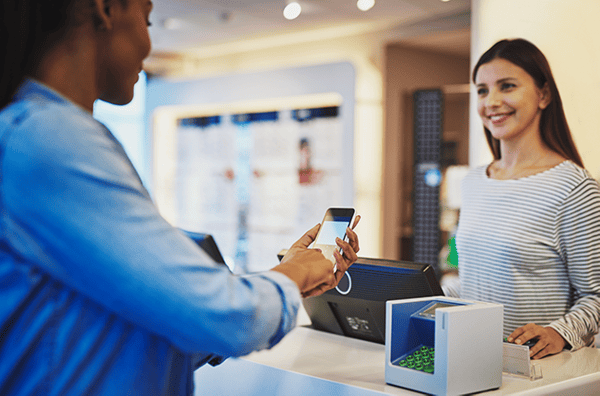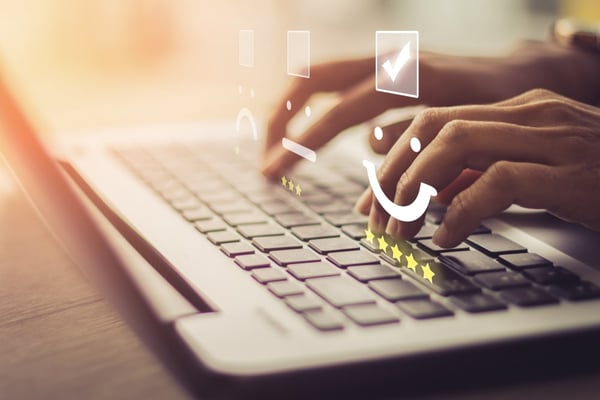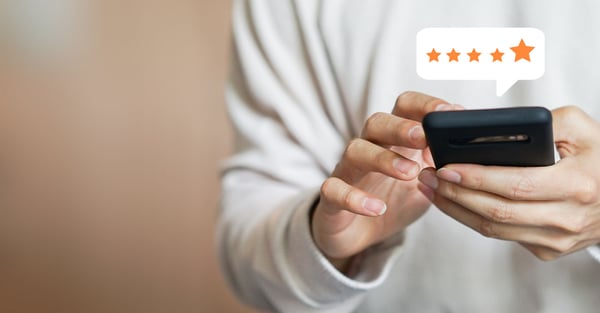- Blog Overview
- Knowledge
- Let's Get Personal. This is What Every Customer Wants

Let's Get Personal. This is What Every Customer Wants
Terry Green |November 19 2015 | 5 min
At no time in history has it been easier for customers to complain – quite vocally – about poor service, or to find a ready replacement when a brand has fallen the smallest bit short of expectations.
Retailers, it benefits you to consider this reality as you work to deliver a value proposition that spans and connects your digital and physical platforms. The pervasiveness of the digital environment has made consumers more demanding than ever. Your hard work to deliver great online usability has only raised their expectations – and lowered their tolerance for anything other than the simplest, friendliest, most productive experience. Consumers have learned to expect great service in whatever channel we shop.
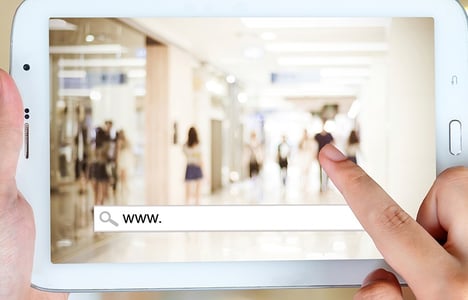
A seamless, delightful cross-channel experience matters a lot, especially if you offer Click & Collect. Nine out of ten shopping journeys start online with research or to start a purchase. From that point, more than 86% of consumers ultimately go into the actual physical space to complete their purchase face-to-face. While in the store to collect on a Click & Collect purchase, about 30% of us will buy additional items in the store – adding around 25% to the total value of our shopping basket.
That additional in-store purchase revenue can really add up. But the equation only works if you deliver the great cross-channel experience that we have come to expect.
What Every Customer Wants
There’s an art to creating a seamless, personalized customer journey. Even digital brand leaders get this stuff wrong from time to time. Witness the public outcry when customers book appointments online for the Apple Genius Bar then go into the store only to find they still have to wait in line for hours. The issue is a system failure to match service demand with supply. The result can be damage to the brand.
The task of bringing the digital and physical worlds together is large and complex, but it can’t be neglected. The majority of sales happen on smartphones and in face-to-face environments. These spaces are two parts of a single ecosystem, making it necessary for the channels to supplement and complement each other.
The devil is in the detail, as Apple learned through its Genius Bar issues. Rather than looking only at the technology in place to enable sales, brands need to look at human behavior driving the buying decisions.
Within five years, 80% of the human race will have a smartphone. For those who have them, smartphones already are a preferred means of accessing the Internet. It’s important to remember that for every smartphone connected to your online store, there is an intelligent but emotional decision maker who will punish you if the mobile experience isn’t just right.
On the flip side, online retailers have gotten used to having anytime access to a rich stream of data for each customer, useful for crafting excellent personal experiences. The offline experience has been harder to capture. But by creating “physical cookies” around the face-to-face experience, it’s possible to connect the online and offline parts of the journey.
That’s what Qmatic’s Orchestra can do. By seamlessly linking offline and online engagement, Orchestra generates a comprehensive picture of each customer’s progress from the start of a transaction through its completion. This priceless data is the future. With it, retailers can collect clear, reliable insights around customer drivers and behaviors.
Understanding the impact of every brand interaction is a big step in the ability to personalize and perfect every brand journey.

